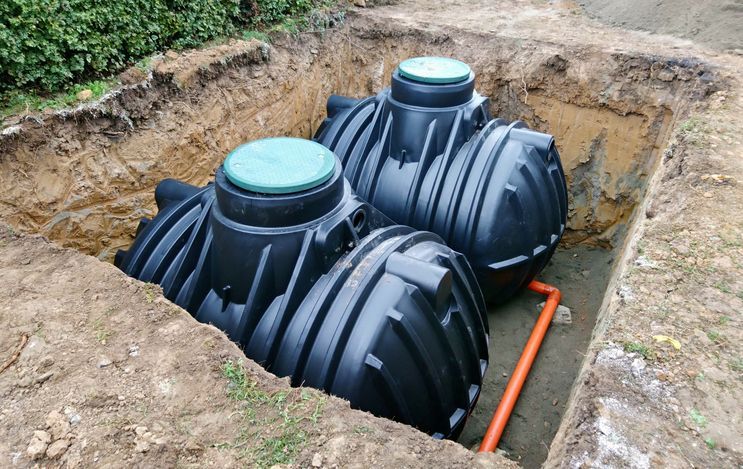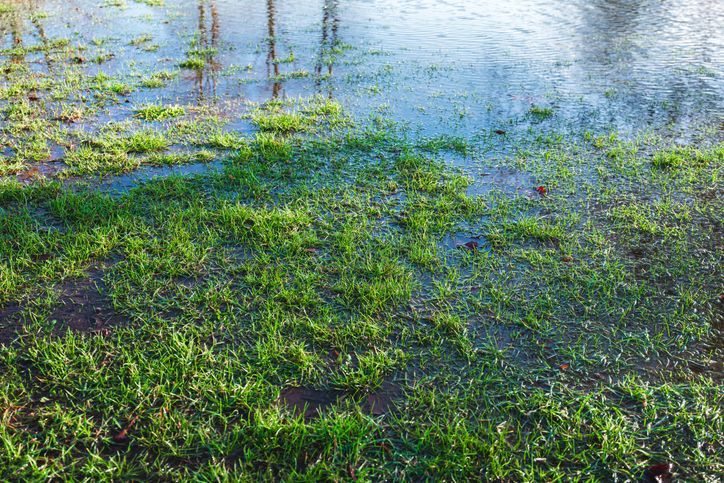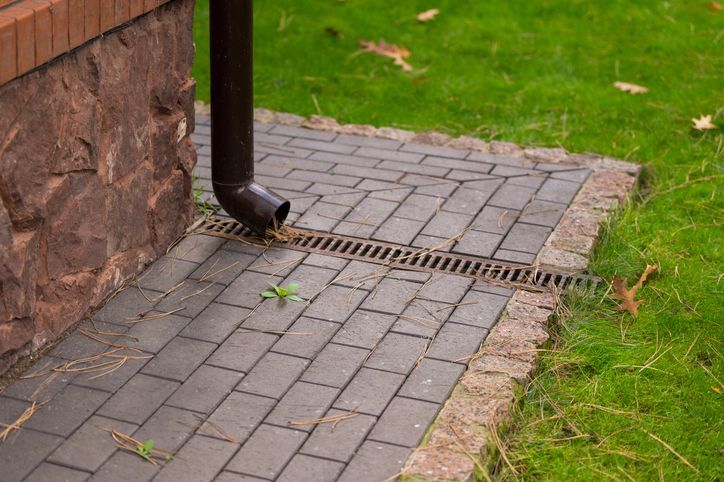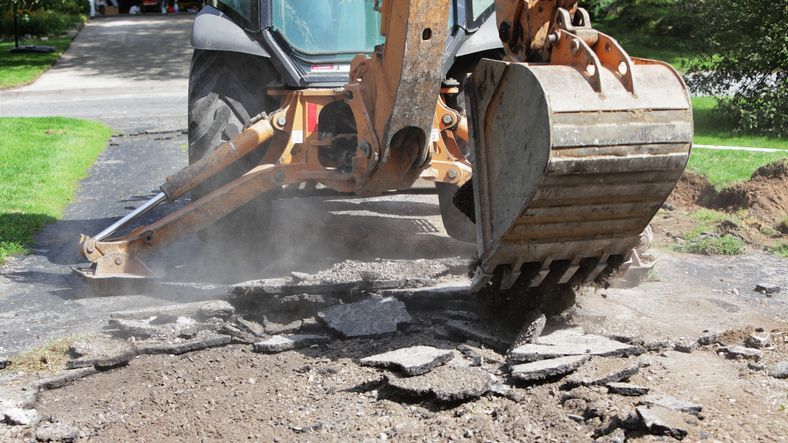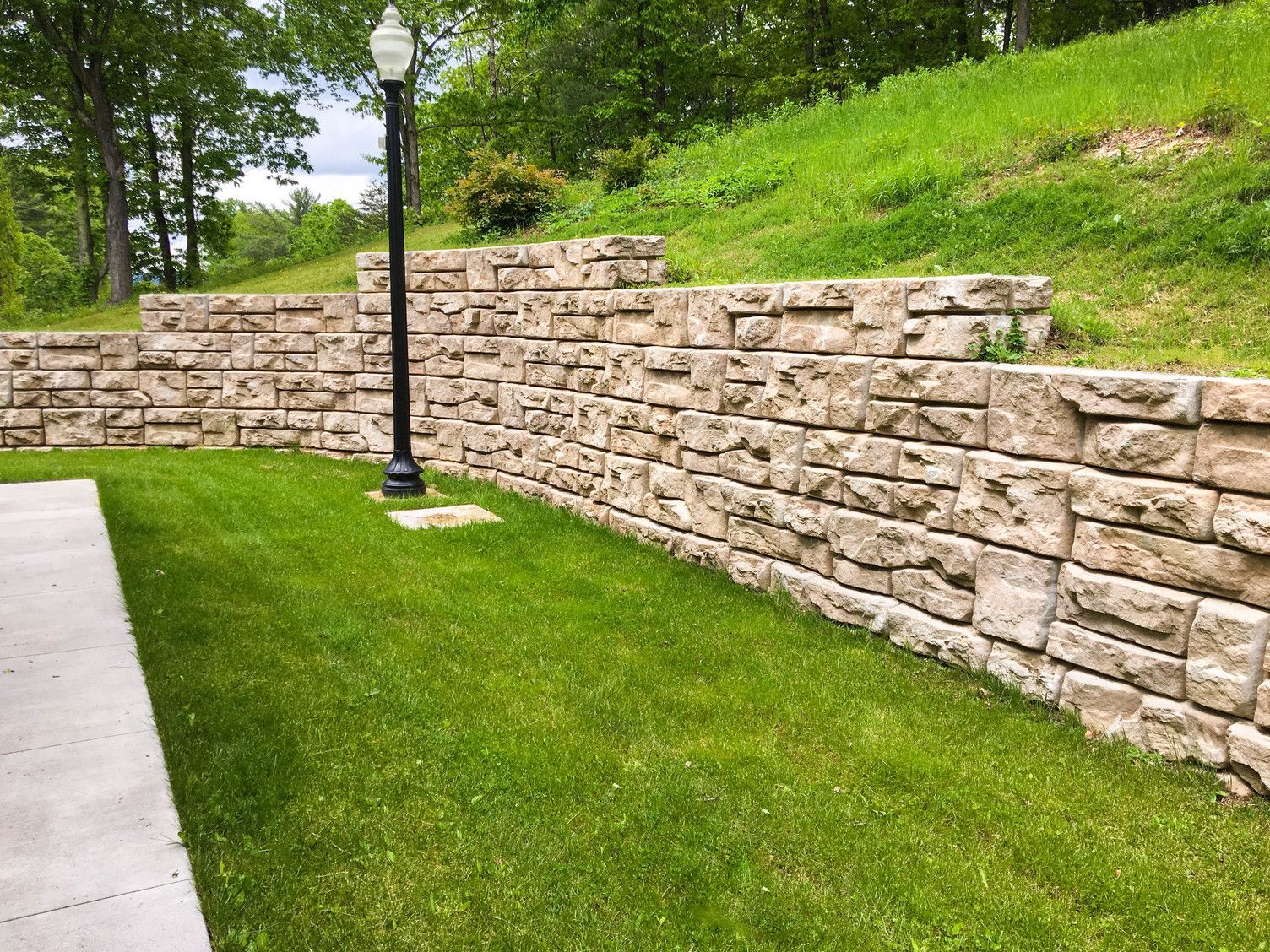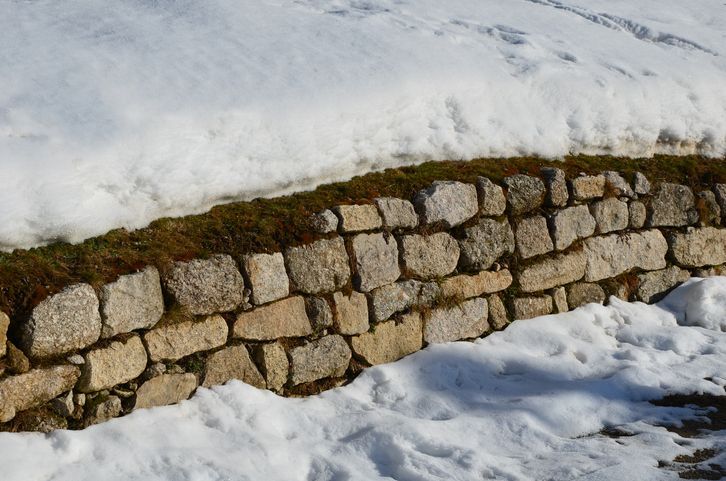Retaining Walls and Property Value
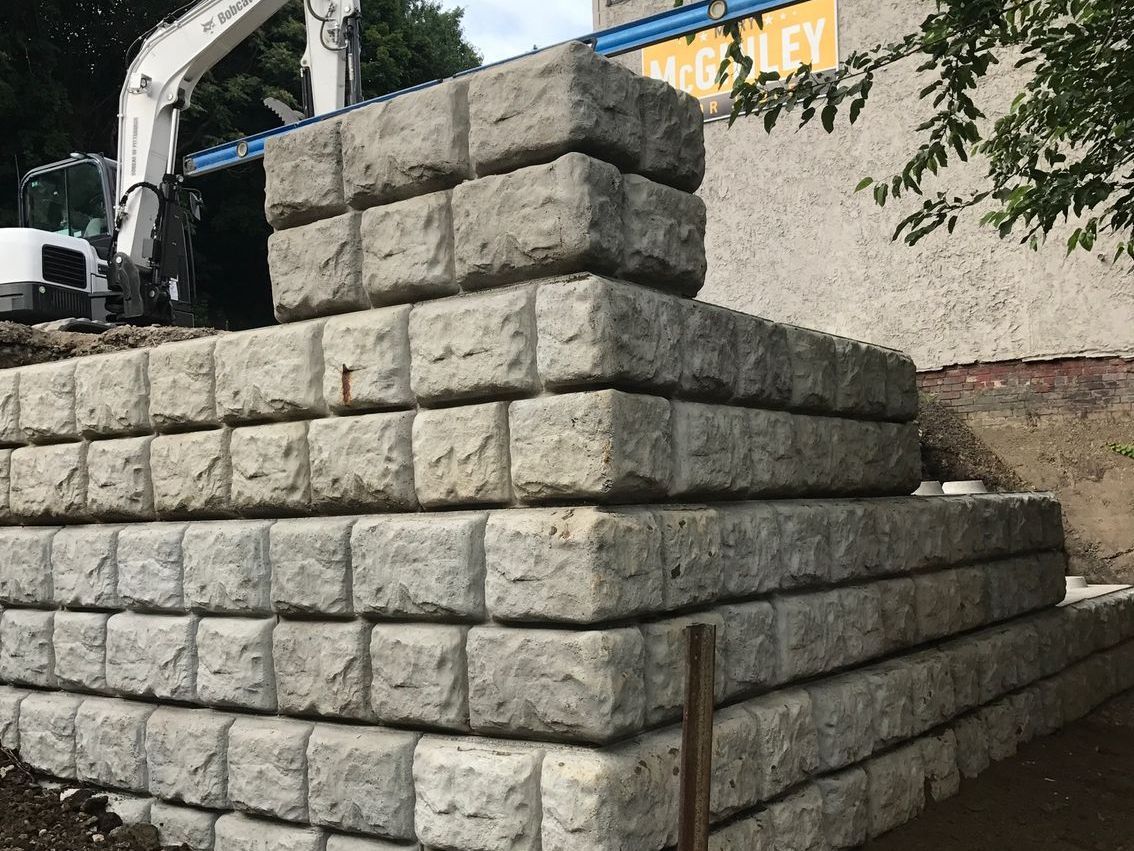
When it comes to landscaping, retaining walls often serve as both a functional and aesthetic element. Not only do they offer essential support to keep soil in place, but they also significantly impact the visual appeal of a property, which in turn can increase its market value. For homeowners in the South Hills, maintaining a sturdy and attractive retaining wall is crucial—especially if you're considering selling your property or simply want to enhance its appearance. In this guide, we will explore the connection between retaining walls and property value, highlight the importance of retaining wall repairs South Hills, and provide expert tips on how to care for your retaining wall.
Why Retaining Walls Are Important for Property Value
Retaining walls are essential for properties located on uneven terrain, where soil erosion or shifting land can pose a risk. But their benefits go beyond structural integrity. A well-designed retaining wall can transform a simple landscape into a beautiful, tiered garden that boosts curb appeal. Here’s how retaining walls contribute to property value:
- Enhanced Curb Appeal: A professionally constructed retaining wall can serve as a centerpiece in your yard, adding an architectural element that immediately attracts attention. It creates a clean division between different landscape levels, making your property look more organized and sophisticated.
- Increased Usability of Your Yard: Sloping land can make large portions of your yard unusable. Retaining walls create leveled areas that can be used for patios, gardens, or even additional lawn space—features that potential buyers find attractive.
- Prevention of Soil Erosion: One of the main reasons retaining walls are built is to prevent soil erosion. If your property is located on a hill or slope, a retaining wall is an investment that protects the land from erosion and water damage, preserving the foundation and overall value of your home.
Properties in South Hills that incorporate these elements into their landscaping tend to see higher resale values, particularly if the retaining wall is well-maintained and complements the overall aesthetic of the home.
Common Issues with Retaining Walls and When to Repair
Over time, retaining walls can experience wear and tear, leading to potential structural problems. Ignoring these issues can have serious consequences, not only for the wall itself but also for the property’s value. Here are some common signs that your retaining wall might need repairs:
- Cracking: Cracks in retaining walls are often the first visible sign of trouble. Small cracks may seem harmless, but they can quickly expand due to pressure from soil movement or water infiltration.
- Leaning or Bulging: If your retaining wall is leaning or bulging outward, it’s a clear indication that it’s under too much stress. This can be caused by poor drainage or an inadequate foundation. Without immediate repairs, a leaning wall is at risk of collapsing.
- Drainage Issues: Proper drainage is key to the longevity of a retaining wall. If water is not draining correctly, it can build up behind the wall, adding excess pressure. Signs of poor drainage include puddles near the base of the wall or visible water stains.
Retaining Wall Repairs South Hills: Professional Solutions
For homeowners in the South Hills, it’s important to address retaining wall problems as soon as they arise. Professional retaining wall repairs South Hills can resolve issues like cracking, leaning, or poor drainage before they escalate into more serious problems.
At J Bird’s Landscaping, we specialize in retaining wall repairs that not only restore the functionality of the wall but also enhance its appearance. Our team uses durable materials and proven techniques to ensure your retaining wall stands the test of time. Whether it's a minor crack or a complete structural overhaul, we’re here to help protect your investment.
How Retaining Walls Can Increase Curb Appeal
A well-maintained
retaining wall is more than just a functional feature—it can dramatically improve the aesthetics of your property. Modern retaining walls are available in a variety of materials and designs that can complement your home’s architecture and landscape.
- Material Options: Homeowners can choose from natural stone, brick, concrete, or even timber to create a unique look that matches their personal style. Each material offers different benefits, from the timeless elegance of stone to the durability and flexibility of concrete.
- Layered Landscaping: Retaining walls allow for creative, layered landscaping designs. Terraced gardens, for example, not only make efficient use of space but also provide an elegant look that enhances curb appeal. Flower beds, shrubs, and small trees planted along the wall can soften the hard lines of the structure, creating a more natural flow.
- Lighting and Accents: Adding lighting fixtures to your retaining wall can create a beautiful nighttime display, while built-in seating or planters can turn the wall into a multifunctional feature that adds both value and enjoyment to your outdoor space.
The Role of Professional Landscaping in Retaining Wall Durability
While many homeowners attempt DIY solutions for retaining wall maintenance, hiring a professional ensures that the wall is not only beautiful but also built to last. Proper installation by a company like J Bird’s Landscaping ensures that the foundation, materials, and drainage systems are all designed to withstand local weather conditions and prevent future damage.
Additionally, regular maintenance by professionals can prolong the life of your retaining wall. Preventive measures such as sealing cracks early, clearing debris from drainage systems, and checking for soil erosion around the base of the wall can prevent small issues from becoming costly repairs.
Choosing the Right Retaining Wall for Your Property
If you're considering installing or replacing a retaining wall, it’s important to choose the right type based on your property’s specific needs. Common options include:
- Gravity Walls: These rely on their own weight to hold back soil and are often made from heavy materials like stone or concrete.
- Cantilevered Walls: Supported by reinforced concrete, these walls use less material but are ideal for larger walls that need to retain a significant amount of soil.
- Anchored Walls: For steep slopes or heavy loads, anchored retaining walls offer additional support by driving anchors into the soil behind the wall.
The right choice depends on your property’s size, the soil type, and the aesthetic you’re aiming for. A professional landscaping service can assess your property and recommend the best solution.
Future-Proofing Your Investment: Maintenance Tips
To ensure your retaining wall continues to protect your property and maintain its value, follow these maintenance tips:
- Seasonal Inspections: Regularly check for cracks, shifts, or drainage issues, especially after heavy rain or winter freeze-thaw cycles.
- Clear Drainage Systems: Keep drainage channels free of debris to prevent water buildup behind the wall.
- Address Cracks Immediately: Even small cracks can lead to bigger problems if not addressed quickly. Hiring professionals for routine inspections can save you money in the long run.
A well-built and maintained retaining wall can significantly increase your property’s value by improving curb appeal, creating usable outdoor spaces, and preventing erosion. For residents of South Hills, professional retaining wall repairs are essential to ensuring your investment lasts for years to come. At J Bird’s Landscaping, we’re here to help you maintain or repair your retaining wall to keep your property looking its best. Contact us today for a free consultation!
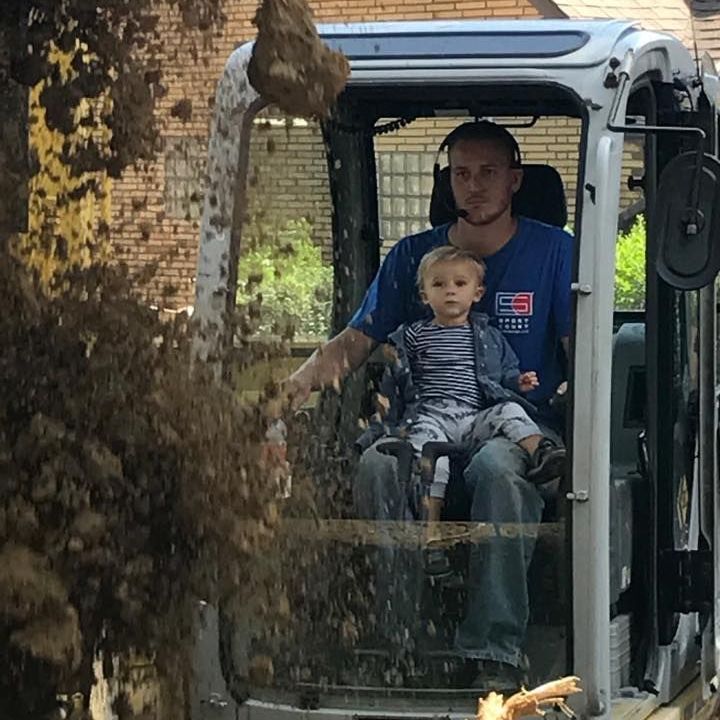
Author: Jay Nagy
Owner & Founded of J Bird's Landscaping. 18+ Years of experience in Pittsburgh lawn cutting, patio installation, trucking/hauling, French drain installation, and other landscape/design services.
More Posts from J Bird's Landscaping
